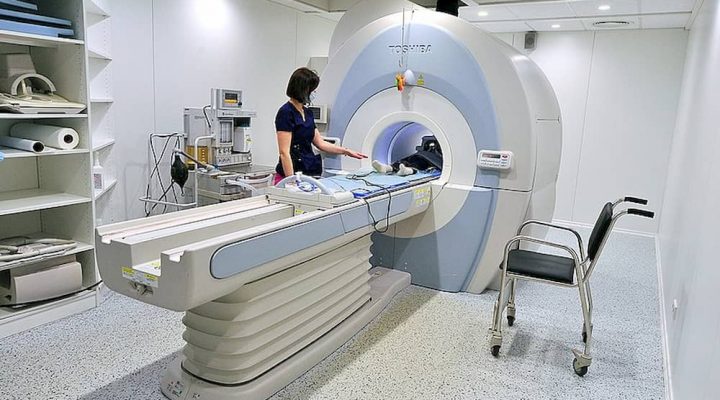Work injuries are often studied based upon sector and occupation. Studies can impact how workers are trained and treated. Health Care Workers and Social Assistance Workers were recently studied in the article “Occupational Injuries in California Health Care and Social Assistance Industry” 2009 to 2018.” Kerri Wizner, Fraser W. Gaspar, Adriane Biggio, Steve Wiesner 06 June 2021 https: //doi.org/10.1002/hsr2.306
The study addressed a large variety of health care occupations including nurse, aides, assistances, service staff, administrative staff, and technicians. The study looked at the different healthcare facilities including hospitals, residential care sites, and social services providers.
The article will discuss the study’s data, conclusions and impact on Health Care Workers.
What Was the Study’s Purpose?
The study looked at injury prevention workforce health, and injury-related cost savings. Supra.
Thus, a typical risk management agenda was addressed. In short, questions such as “what facilities have problems with work injuries?”, “what occupations have problems with work injuries?”, and “what type of work activities cause work injuries?” are addressed.
What Are the Injury Rates of Import in the Health Care and Services Fields?
Sex: Women sustain the majority of work injuries. The data showed that “the majority of injuries were sustained by women (78.1%), with three-quarters of cases affecting individuals aged 32 to 53 years.” Supra. Note: This may relate to two factors. A greater amount of women working in the field. Also, women may have greater physical challenges of dealing with large or immobile patients. As noted in the study, lifting was found to be a significant source of injury.
Facilities: The injury rates differed in each industry subgroups. Hospitals had the highest number of claims with Ambulatory Care, second, Nursing Care, third. The Social Assistance Group had the least claims. Supra. Note: Hospitals are often less specialized that nursing care facilities. Thus, there are more tasks and more activities performed in a non-ergonomic fashion in a hospital. Likewise, there may be far more activity. Thus, the data is logical.
Occupation: Health care and social assistance settings each have a different proportion of job types, given the variety of health services offered. … Across all settings within California, nurses had the highest proportion of injuries (22.1%), followed by aides/assistants (20.4%), services staff (13.2%), administrative staff (11.0%), and technicians (10.3%). The highest proportion of injury occurred in nursing jobs in hospitals (32.2% vs 3.2%-20.6%), aides/assistants in nursing/residential care sites (40.2% vs 12.1%-16.7%), and social services in social assistance settings (40.6% vs 3.2%-8.0%).” Supra. Note: This finding is not surprising as the largest percentage of injuries are reported within the most physically challenged positions.
Types of Injuries: There was an analysis of the types of Injuries reported. The study reported “[s]trains and tears (defined by the State of California as an injury of the muscle or the musculotendinous unit13), were the most common injury, representing 34.4% of all claims, followed by contusions (11.0%), sprains (injury to ligaments) (10.0%), other specific injuries (9.6%), and puncture wounds (7.7%). These injury types were similar across the industry sub-groups apart from ambulatory care, which had a higher proportion of puncture wounds than other settings (14.1% vs 3.4%-5.9%, respectively).” Note: Most of the injuries were of a musculoskeletal nature. The other concern in the healthcare setting is puncture wounds which can be caused by sharps and needles.
Activities Causing Injury: There was an analysis concerning what activities caused the work injuries. The study found “[a]cross all settings, lifting injuries (10.8%) and strains NOC (9.1%) were the most common causes of injury, followed by miscellaneous NOC causes (6.6%), repetitive motion (6.0%), and injury due to being struck accidentally or on purpose by a fellow worker, patient, or other person (5.9%).”
Parts of the Body Injured: There are an analysis concerning which body parts were most frequently injury. Per the study, ”[t]he low back was the most frequently injured body part, representing 13.6% of all claims; followed by multiple body parts (12.8%), finger(s) (9.1%), shoulder(s) (6.8%), and knee(s) (6.1%). Nursing/residential care settings reported the highest proportion of both lifting injuries (15.8% vs 8.9%-9.9%) and low back injuries (16.9% vs 10.0%-13.1%) as compared to the other settings.” [emphasis added] Note: Most body parts injured are within the musculoskeletal systems.
Ambulatory care:
The rates for ambulatory care employee injuries were found to be increasing. Supra. Note: Ambulatory care relates to outpatient centers. Many hospital patients are moved to rehabilitation centers to begin the rehabilitation process. These settings can require patients to begin performing physical activities in a weakened state. Thus, there are significant injury risks for assisting workers.
What May Result from This Study?
The main findings were the high rates of injury in both the hospital setting as well as for ambulatory care employees. Extra safety and training measures may likely be implemented to lower the injury rates with the setting and within the employee class.
What If I Need Advice?
If you would like a free consultation regarding workers’ compensation, please contact the Law Offices of Edward J. Singer, a Professional Law Corporation. We have been helping people in Central and Southern California deal with their workers’ compensation cases for 27 years. Contact us today for more information.

